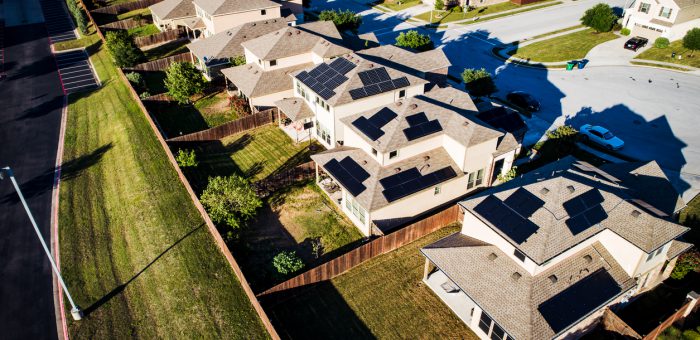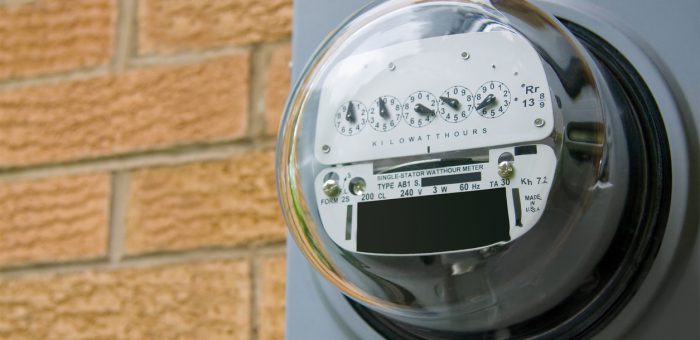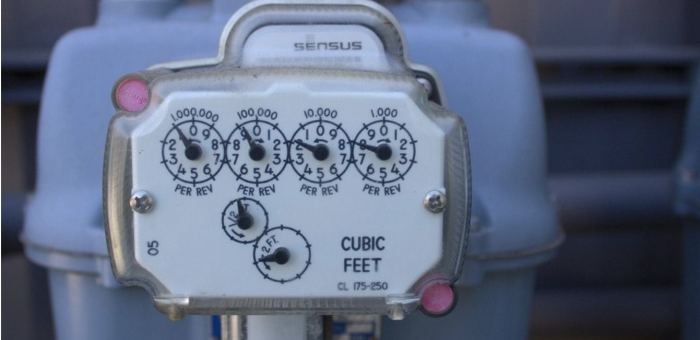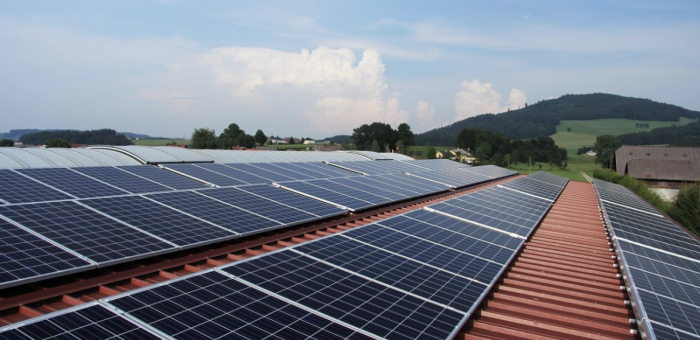Environmentalists often interchange the phrases ‘sustainable’ and ‘eco-friendly’ when discussing improving the environment. Despite both focusing on environmental awareness and social responsibility, these terms have different meanings. So, what can you do to create a sustainable vs eco-friendly home?
An in-depth take on both phrases will help you realize the distinct dissimilarities between eco-friendly vs. sustainable living. Below is an insight into the differences, practices, and products for each. There will also be further discussion about their impact on the environment and how Power Wizard can help you save on energy use.
Sustainable vs. eco-friendly: How are they different?
With environmentalists recommending eco-friendly and sustainable lifestyles, their definitions can get muddled. What do these phrases actually mean?
Sustainability and what it means
Sustainability refers to a practice that can resolve a problem without having future implications. Typically, you may find labeling that states a product is eco-friendly with a backstory explaining how it meets environmental sustainability.
A product meets the United Nation’s criteria for sustainability by fulfilling your current needs without compromising the capacity of future generations to fulfill their needs. Sustainable companies strive to meet three main pillars of sustainability: economic viability, social equity, and environmental protection.
You can play your part in building a better future by taking up a sustainable lifestyle. Sustainable living entails limiting the amount of energy you use to help protect the earth’s resources. As a start, you can use energy calculator tool to determine your home’s electricity usage when performing an energy audit.
What it means to be eco-friendly
Eco-friendly refers to a product that doesn’t have a negative environmental impact. These products utilize green manufacturing practices that consume few resources. The companies also use sustainable materials, such as organic or plant-based raw materials, instead of inorganic materials during production.
In the past, some manufacturers used to abuse the phrase and confuse consumers into thinking they were contributing to an eco-friendly future. Luckily, the Federal Trade Commission Green Guides help safeguard consumers from companies with greenwashing practices. Manufacturers must now support their claims of providing eco-friendly products with specific details. They essentially have to include how and why their product is environmentally sound.
Sustainable products and practices for the home
Taking up a sustainable lifestyle is a noble and cost-effective way of protecting the environment. Unsustainable practices cause environmental concerns like pollution, climate change, and biodiversity loss. You can lower your carbon footprint and contribute to solving these problems by:
Investing in solar panels to reduce energy usage and cost
The sun is an immense source of renewable solar energy. In this technologically advanced era, you can easily use the sun’s green energy to lead a sustainable life. You can directly convert sunlight to electrical energy by investing in solar panels. The solar panels comprise photovoltaic (PV) devices or solar cells made of semiconductor material.
When photons of solar particles hit the PV devices, they dislodge electrons from the semiconductor, causing an electric current to flow. The latest solar cell models are more efficient at transforming sunlight into an electric current than the older generations. This advancement is one of the factors that has contributed to an impressive rise in solar production in the U.S. — from 5 million kWh in 1984 to 133 billion kWh in 2020.
Using alternative fuels
Alternative fuels refer to energy sources that are sustainable substitutes for fossil fuels. Using alternative energy technology helps to reduce dependency on non-renewable petroleum products, such as petroleum, coal, gasoline, and diesel. Alternative fuels are easily replenishable and often don’t involve the costly and damaging extraction techniques used to obtain petroleum-based fuels.
Bioethanol is a popular alternative fuel derived from plant and animal waste. This sustainable fuel can help improve air quality while reducing methane emissions and landfill waste.
Biodiesel is another common substitute fuel often derived from edible oils. The production process essentially entails animal fats, vegetable oils, or recycled grease reacting with alcohol. This fuel type is a popular option in boats and fuel compression-ignition engines.
Dimethyl ether, a fuel often derived from methanol, biomass, and fossil fuels, is an additional clean energy source used to power diesel vehicles. This fuel is an excellent sustainable alternative to natural gas and hydrocarbons like butane.
Making the switch to renewable resources where you can
The earth has an abundance of renewable resources you can use to live a sustainable life. Wind power, which is essentially unseen air currents naturally blowing between different places, is one such plentiful resource. You can harness electrical energy from wind currents by installing a wind turbine. The wind turbine comprises several blades which connect to a drive shaft that supplies the wind’s mechanical energy to an electric generator.
With an uninterrupted and constant wind speed of nine mph blowing in your area, you can become a small-scale wind farmer and generate enough power for your sustainable home. The U.S. has seen a steady increase in wind energy output and use owing to government incentives for this clean energy option.
Geothermal power is another alternative renewable resource. The inner surface of the earth comprises a hot magma mantle and molten core that finds its way to the earth’s surface at tectonic plate edges. This phenomenon gives rise to geological marvels like volcanoes, geysers, and hot springs, which are immense heat sources.
You can directly exploit these heat sources to warm your home during the winter months by setting up geothermal heating. By using geothermal system in your home, you can lower your dependence on non-renewable fossil fuels. You also reduce your energy bill by cutting energy spent on hot showers.
Eco-friendly products to switch to
A few eco-friendly practices that help promote environmental protection include:
Using recycled materials
Recycling involves collecting and processing used materials into new products. You can recycle paper, plastics, cans, glass, clothes, metal, wood, fabric, cans, cardboard, and electronics. Recycling helps to reduce environmental pollution and the creation of landfills.
In addition, recycling plants are energy efficient at making recycled products. And increased recycling and buying of recycled commodities promote sustainability. By using recycled raw materials, you also help reduce the consumption of forest trees, minerals, and water.
Recycling essentially helps reduce wastage of natural resources, conserves natural ecosystems, and enhances biological diversity.
Switching to plant-based cleaners
Cleaning is a basic part of daily living that helps maintain your health while improving your home’s presentation. In this busy modern world, you may tend to pick cleaning products that offer fast and easy cleaning results without considering how they impact your health and environment. Inorganic cleaners often contain harsh chemicals whose risks tend to outweigh the benefits.
Improper use of inorganic cleaners can cause skin irritation, itchy eyes, respiratory infections, and chemical poisoning. Switching to plant-based products can help reduce your dependence on inorganic cleaning products. Plant-based cleaners are non-toxic cleaning agents derived from organic materials.
These eco-friendly cleaners often meet your different cleaning needs while protecting your health and conserving the environment. Plant-based cleaners are biodegradable and don’t leave a lingering negative effect on the environment.
Vinegar and baking soda are amongst the most common eco-friendly options. You can also use citric acid, lemon, and olive oil to make a cost-effective and straightforward organic cleaner.
The impact of sustainable and eco-friendly homes
Despite being different, sustainable living and eco-friendly products are often linked. Adopting both practices can help you contribute immensely to protecting the environment.
During this transition, you can use Power Wizard’s DIY shopping tool to find an electric provider that offers green energy plans. The vendors supply energy from power plants that harness renewable energy sources to generate electricity.
Sign up with Power Wizard today to build an eco-friendly and sustainable future.







